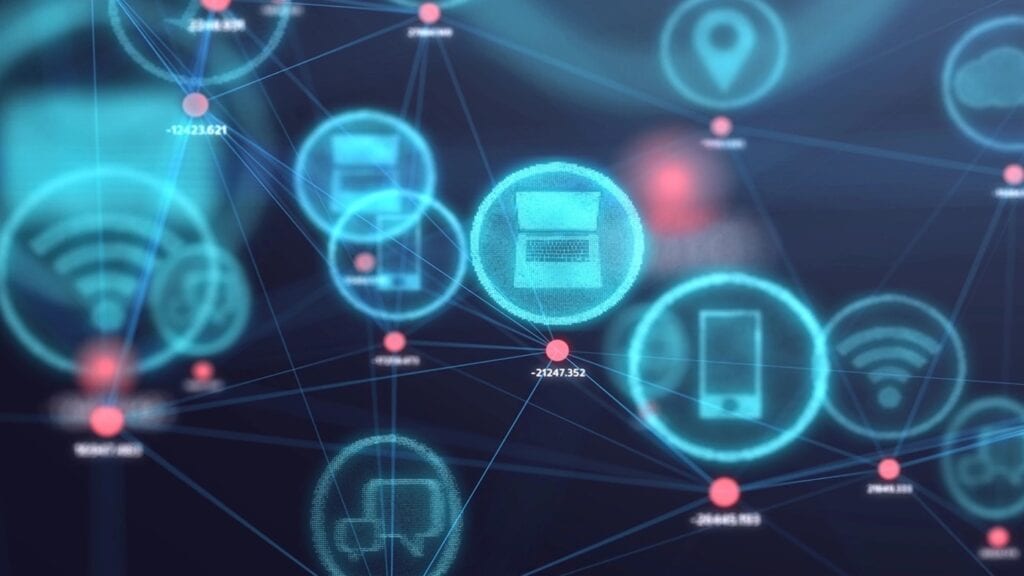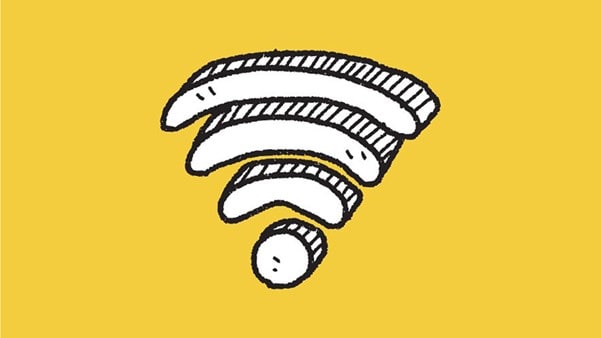Just as you start to grasp the magnitude of 5G and everything it has to offer—suddenly terms like Wi-Fi get a bit more confusing. Aren’t they both wireless technologies? If so, how are they different? The fact is: Wi-Fi and 5G are both wireless technologies, but they serve very different purposes.
We’ll explore the differences between 5G, the next generation of wireless connectivity, and Wi-Fi 6, the latest wireless protocol, and show you how they’re distinctly different technologies that can actually work together to keep you connected like never before.
In this handy guide, we’ll answer the following questions, so you can better understand what role the next generation of Wi-Fi plays in 5G and how Wi-Fi 6 is different from past iterations:
- What is 5G?
- What is Wi-Fi?
- What is Wi-Fi 6?
What is 5G?
5G is the fifth generation of wireless technology and it’s causing quite a stir as the newest global standard in a long line of mobile network standards, including 1G, 2G, 3G, and 4G.This technology delivers high-speed, low-latency connectivity to mobile devices and a wide range of applications, including Internet of Things (IoT) devices and beyond. 5G has broad coverage that includes many urban city centers, suburban neighborhoods, and a growing number of rural areas. It has become crucial as society demands the super-high speeds needed to adopt everything from driverless vehicles to connected devices at home, like app-controlled lights, cameras, appliances, thermostats, voice assistants, security systems, and more. 5G will allow us to “cut the cord” like never before, opting for the freedom of wireless devices over the tethered computers and devices of yesteryear.
What is Wi-Fi?
Wi-Fi is simply a term used to describe a local area network (LAN) that fills comparatively smaller spaces, like your home, office, or a public space like a café or airport, with wireless internet access. Wi-Fi has a vastly more limited coverage area compared to a cellular network and is mostly used just for local connectivity. But even local Wi-Fi connectivity just in your living room could be sketchy at best with past iterations (like Wi-Fi 5 and older) keeping many of us tethered to cables . After all, older wireless routers worked okay for one (or maybe two) devices, but hard-wired cable connections were often still necessary to combat slow internet, which would often arise when too many wireless devices in our home were connected to the same band. That’s where Wi-Fi 6 came into play.
What is Wi-Fi 6?
As we mentioned above, too many devices on the same wireless band used to bring older iterations of Wi-Fi to a halt. Suddenly, Wi-Fi 6 arrived, the newest Wi-Fi network protocol, and it’s been a huge improvement over older versions. While Wi-Fi 6 also operates on 2.4 GHz and 5 GHz bands, just like Wi-Fi 5, the number of streams is higher across those bands now. Without getting too technical, that simply means Wi-Fi 6 has the ability to offer higher connection speeds. Add a 5G network to the mix and suddenly companies like T-Mobile, which were once just mobile phone service providers, are now able to compete with internet service providers (ISPs) to offer home internet using a Wi-Fi 6 Gateway that connects your home to the internet via their 5G network.
So, one is not better than the other, really. Wi-Fi 6 and 5G are simply two different things that can now work together to address the problems that once came with trying to use a lot of connected devices within a densely packed area.

The breakdown
Today's 5G and Wi-Fi 6 technologies are teaming up to make wireless 5G home internet a popular option for people who want to enjoy the freedom of a truly wireless connection. Best of all, it's available to 50 million households nationwide today.
T-Mobile is America’s fastest growing 5G Home Internet provider. See if it's available in your area now and then find a plan that's right for you.
Learn More About Wi-Fi
Sources:
- https://bipartisanpolicy.org/blog/cellular-data-and-digital-divide/
- https://www.netgear.com/hub/wifi/routers/5-reasons-you-should-consider-upgrading-to-a-wifi-6-router/
- https://www2.deloitte.com/us/en/pages/about-deloitte/articles/press-releases/connectivity-and-mobile-trends.html
- https://www2.deloitte.com/xe/en/insights/industry/technology/technology-media-and-telecom-predictions/2022/wifi6-vs-5g-essential-partners-in-the-next-generation.html
- https://www.t-mobile.com/home-internet/faq



